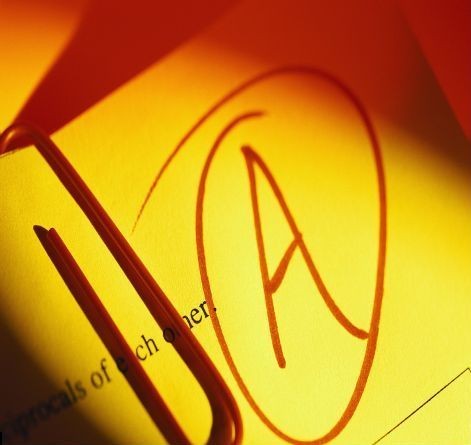Prognostications - 2003
 Saturday, April 30, 2011 at 07:36AM
Saturday, April 30, 2011 at 07:36AM Know what’s weird? Day by day, nothing seems to change, but pretty soon…everything’s different. – Calvin from Calvin and Hobbes
I was scanning my old articles this morning and ran across the report I wrote as the president of our state's school library organization in 2003. Eight years ago. Nearly a decade.
In it I made some predications. Here they are.
Prognostications for libraries, technology and education 2004-08
- Less emphasis on “technology’ as a separate area of concern; more emphasis on technology as a means to achieve goals of other areas. Greater need for procedures that allow for joint decision-making among all technology users.
- Greater need to train students and staff on ethics, safety and civility when using technology, as well as the ability to evaluate the reliability of information found and to use it purposely.
- Greater need for a secure source of adequate technology funding. Strategizing for decreasing “total cost of ownership” through maintenance outsourcing, use of thin client architectures, use of single-purpose devices (AlphaSmarts), adopting handheld computers by staff and students, and purchasing upgradeable devices. Greater accountability for technology expenditures and impact on school effectiveness.
- Increased desire by parents for real-time student information available via the web. Higher parent expectations of schools and teachers to provide comprehensive information about school programs and individual student achievement.
- Increased importance of the (technology-based) tools and knowledge needed to do good data-driven planning and decision-making by administrators, building teams and individual teachers.
- Continued integration of technology skills into the content areas to meet specific state standards, leading to increased demand for individualized technology training by staff. Re-examination of software designed to help low-achieving and English Language Learners learn state-tested skills.
- Continued, accelerated move to information in digital formats such as e-books, online databases, web-based video conferencing, and video in digital formats on demand. Increased ability for individual teachers to create and make available materials accessible from the web. More capacity for electronically submitted student work.
- Increased efforts to assure data privacy, data security, and network reliability.
- Increased educational options for all learners including more choices of schools, more online course offerings, more interactive video offerings, and more computer courseware options. This will result in an increased need for school marketing efforts and increased “consumer-driven” choices made by school officials.
- An accelerated blending of “technology integrations specialists” and “school library media specialists” into a single job that takes responsibility for the instructional and curricular uses of technology, supported by more narrowly defined district-level positions of MIS Directors, network managers, technicians, and student information system managers.
- Increasing in-school use of student-owned technologies including cell phones, PDAs, and laptops. Most of these will connect wirelessly to each other and to the Internet, creating new security and ethical challenges. More emphasis on anytime, anyplace access to personal information through web-based personal file space, calendars, and wirelessly networked hand-held devices. The “digital divide” will grow.
- Continued “bare-bones” funding of the state’s educational system forcing schools to make tough program choices. If programs can’t quantitatively demonstrate they make a difference in achievement, they and the people in them will be subject to the budget axe.
Frightening that the predictions haven't changed much for the new tech plan I am now writing. Should I feel good since I am so precient? Or feel bad since so little seems to have changed?
I would, however, add one prediction:
13. Increased efforts to ensure all teachers use technology to improve teaching and learning at at least
a minimumn level through improved teacher review processes that include technology use criteria.
I'm still waiting for the day "everything's different."









